Last Updated on October 1, 2024 by Team Ideas24
7. Attach the fabric to the mechanical top
Putting them all together. Attach the mechanical top onto the fabric using fabric glue. Make sure you are sticking to the right side. Make sure it is centered and even as well.
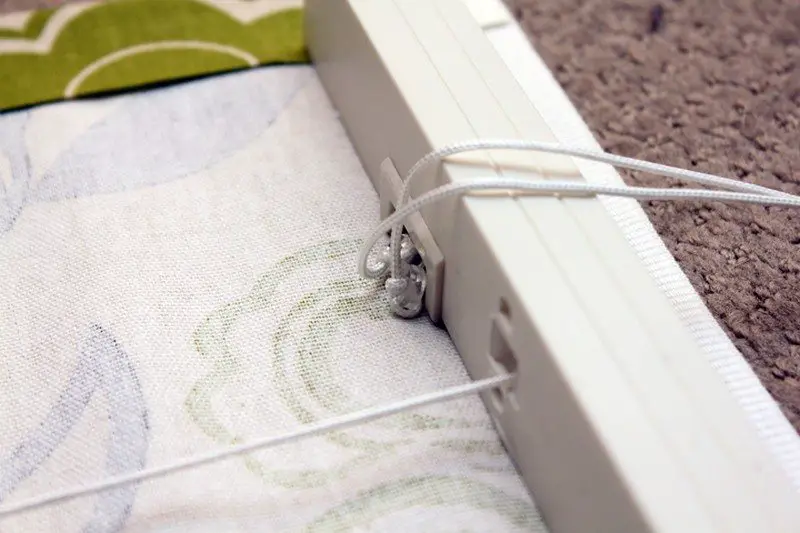
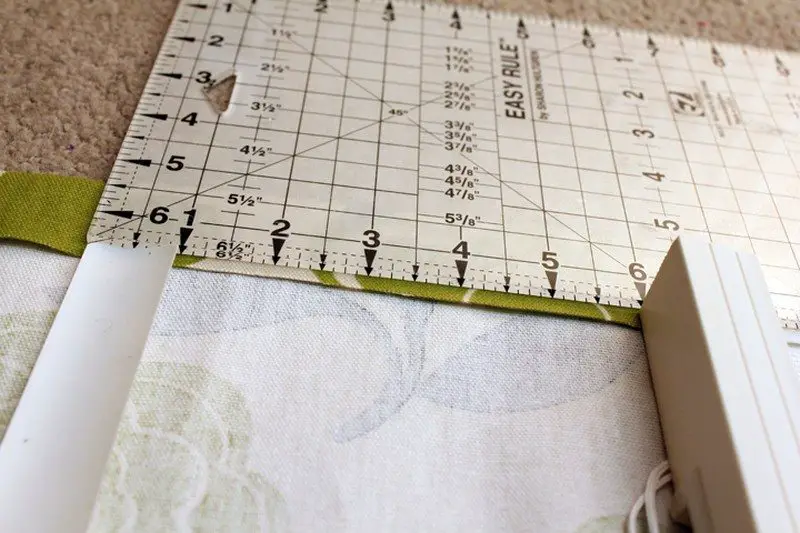
8. Make the pleats
Lightly mark your fabric with a pencil depending on the length of your pleats. Again make sure that your measurements are equal on both sides.
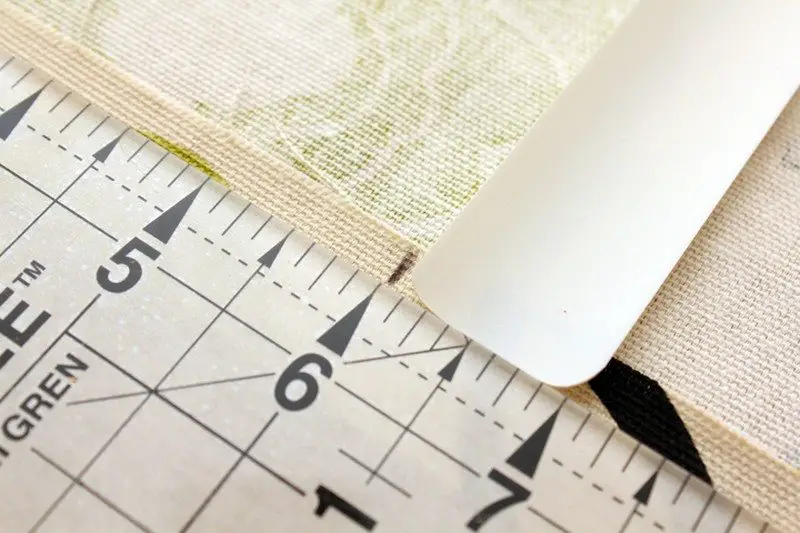
Brush the rounded side of the plastic strip with fabric glue and carefully press it onto the fabric. Repeat these last two steps of measuring and gluing until you have attached all the small strips.

9. Let it dry overnight
Let it dry overnight. Use some weight to put at the ends to make sure it is spread out.

Finally, stick the ends of the fabric to the thick slats using a glue gun.
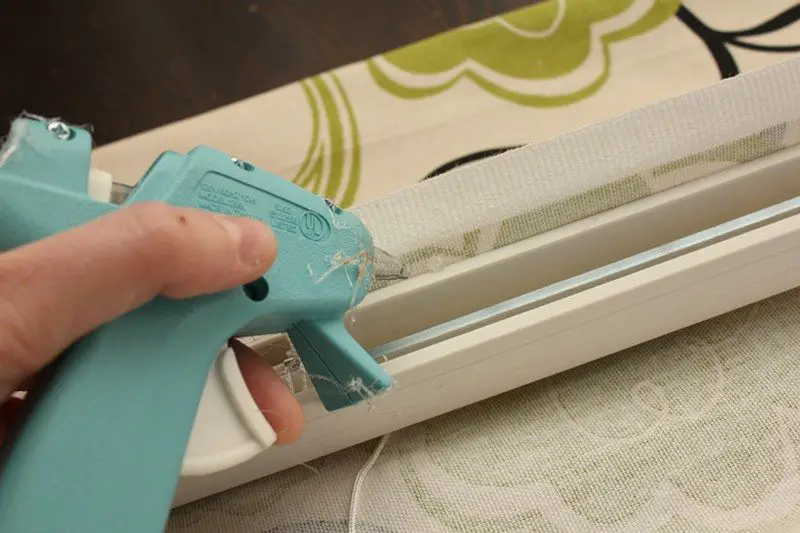
Make sure not to obstruct the top mechanism where the brackets will be attached for hanging.
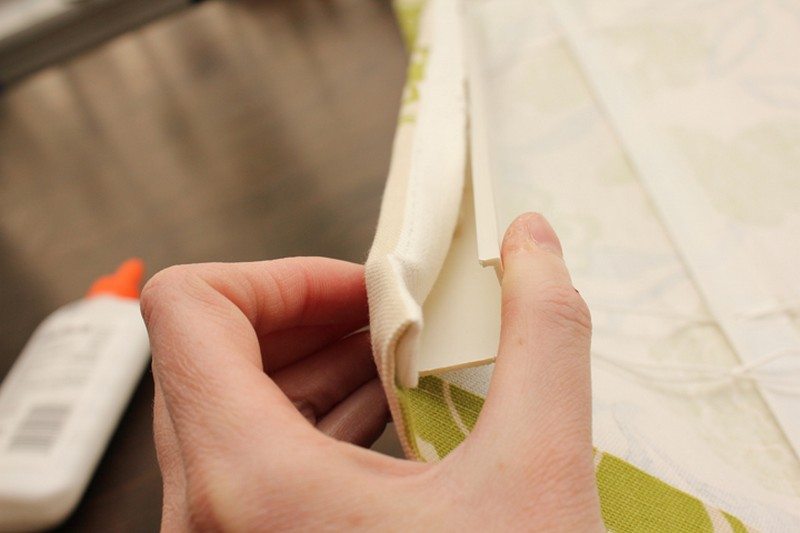
10. Hang it on your window
Now you are ready to hang and test it! :)

Source: 365 Days 2 Simplicity
Choosing the Right Fabric for DIY Roman Shades
DIY Roman shades are a popular and stylish way to dress up windows without spending a fortune. They offer a sleek, minimalist look that complements various home decor styles. The key to creating beautiful and functional DIY Roman shades lies in selecting the right fabric. The material you choose affects the shade’s appearance, functionality, and durability. Here’s a guide to help you choose the perfect fabric for your DIY Roman shades.
Factors to Consider When Choosing Fabric
Before diving into specific fabric types, it’s essential to consider the purpose and location of the DIY Roman shades. Are they for a bedroom, where light control is crucial? Or perhaps for a living room, where you want a more decorative touch? Understanding your needs will help guide your fabric selection.
- Light Control: One of the main functions of Roman shades is controlling the amount of light that enters a room. If your DIY Roman shades are for a bedroom, you might prefer blackout fabric to ensure better sleep. In contrast, sheer or semi-sheer fabrics work well in living rooms where you want to allow natural light while maintaining some privacy.
- Durability: Roman shades are exposed to sunlight daily, which can fade some fabrics over time. Look for materials with UV resistance or those that are known for long-lasting quality, especially if the shades will be installed in sun-facing windows.
- Weight: The weight of the fabric plays a significant role in how well your DIY Roman shades function. Heavier fabrics can cause sagging, while lighter fabrics may not hang as elegantly. Balance is key—choose a medium-weight fabric that can hold pleats well but won’t weigh down the shades.
Types of Fabric for DIY Roman Shades
Now that you’ve considered the key factors, let’s explore the types of fabric that work best for DIY Roman shades.
Blackout Fabric
For bedrooms or media rooms, blackout fabric is an excellent choice. It completely blocks out light, providing privacy and insulation. Blackout fabric is typically heavier, so it’s essential to ensure your window blinds or support structure can handle the extra weight. It also adds a sleek, modern look to your DIY Roman shades, making it ideal for contemporary spaces.
Linen
Linen is a lightweight, breathable fabric that gives Roman shades a natural, airy look. It’s perfect for living rooms, kitchens, or any space where you want to filter natural light without making the room feel too dark. Linen can be easily cleaned and maintains its durability over time, making it a top choice for DIY Roman shades.
Cotton
Cotton is another versatile option for DIY Roman shades. It comes in various patterns, colors, and thicknesses, giving you flexibility when designing your shades. Lightweight cotton is ideal for decorative purposes, while thicker cotton provides more privacy and light control. Cotton also works well in rooms where moisture is a concern, such as bathrooms or kitchens, as it tends to resist mildew.
Silk
Silk adds a luxurious touch to any room and is often used in formal spaces like dining rooms or sitting areas. While it’s lightweight, silk can be fragile and prone to fading, especially in direct sunlight. If you’re opting for silk DIY Roman shades, consider using a lining to protect the fabric and increase its lifespan.
Matching Fabric with Room Decor
When choosing fabric for your DIY Roman shades, it’s important to match the material with your room’s overall decor. Neutral colors like white, beige, or soft gray create a timeless look and complement a wide range of design styles. For a bolder statement, opt for patterned fabrics or vibrant colors to add a pop of personality to the space.
The fabric you choose for your DIY Roman shades will significantly affect the functionality and style of your window treatment. Consider factors like light control, durability, and weight to find the perfect material. Whether you go with blackout fabric for a cozy bedroom or linen for a breezy living room, choosing the right fabric ensures your DIY Roman shades will be both beautiful and practical.

Conclusion
Using curtains for DIY Roman shades offers a cost-effective way to repurpose existing materials. They provide an opportunity to create a custom look that matches your home decor. With the right fabric and a few adjustments, you can transform standard curtains into stylish Roman shades. This project allows you to enhance the functionality of your window treatments while giving your space a fresh update.
If you liked this project, you might also like to view these Macrame curtains, Insulated curtains and Homeware essentials...




